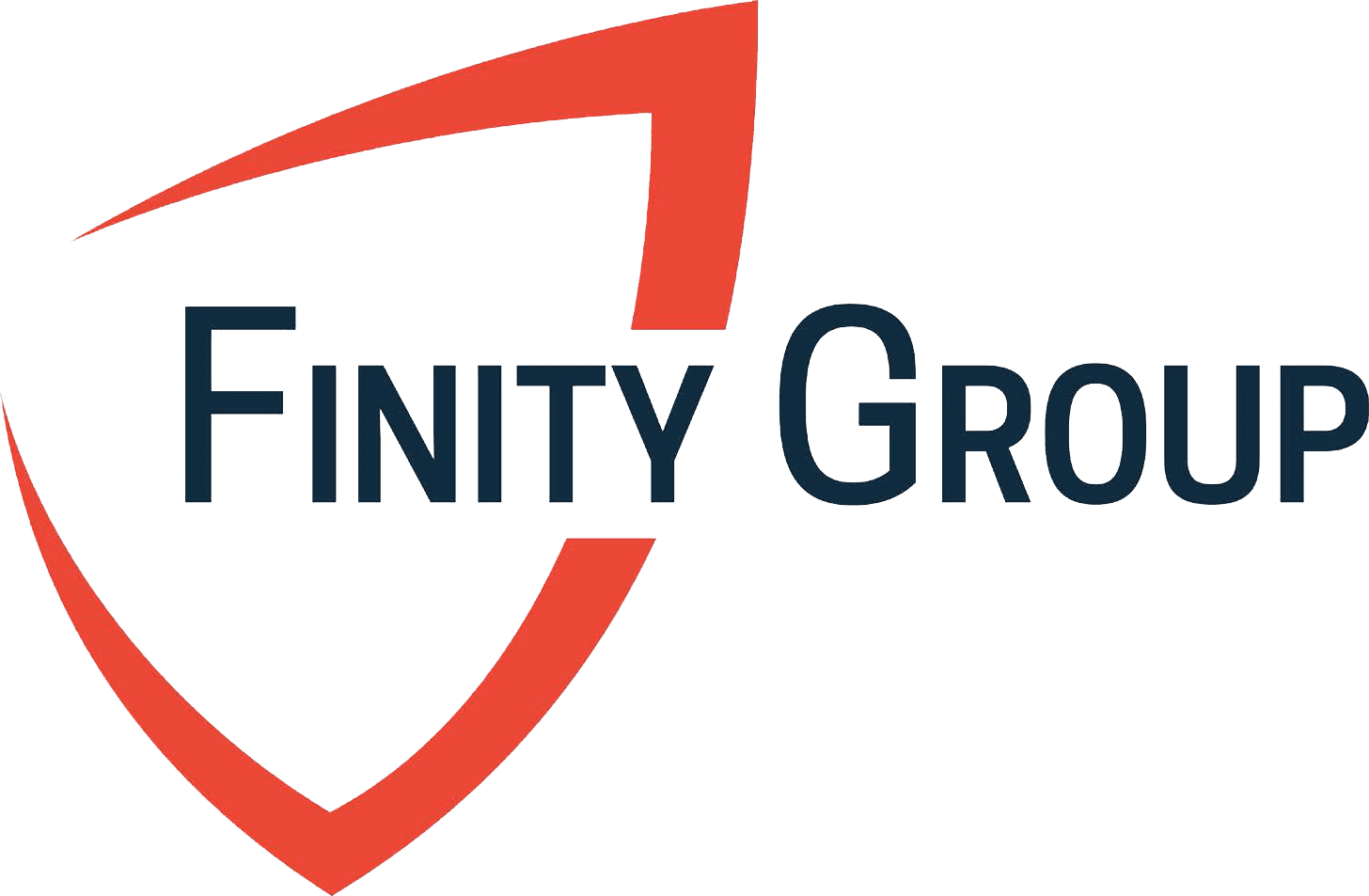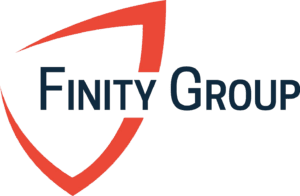Written by: Derek Melvin
The New SAVE Plan
This month, federal student loan repayment and interest will begin after more than a 3-year pause. I know, it was a nice run we enjoyed, yet it had to end at some point. With federal forbearance coming to an end, plans for how to repay these loans are at the forefront of many people’s minds.
Since federal loans have been paused, there have been many changes and updates to repayment options on federal loans. Some individuals have not yet had to make payments on loans. Some may be resuming payments on the same or a different income-driven repayment plan that they were on previously. Some may resume on the standard 10-year repayment plan.
If you are pursuing PSLF (Public Service Loan Forgiveness), the new repayment options will be extremely important to understand and consider.
With the number of changes to federal student loan repayment options, it will be important to understand the features of the plans available to you to make sure that you are repaying your loans as efficiently as possible.
What Are My Repayment Options?
With federal student loan repayment, there are two main options to repayment:
- Standard 10-Year Repayment
- Income-Driven Repayment
Standard 10-Year Repayment
The Standard 10-Year Repayment option is very straightforward. This is a fixed repayment option that is designed to have you pay off your loans in 10 years. That means you will have fixed monthly payments for 10 years to pay off your entire balance. Exactly like a 30-Year Fixed Mortgage or a fixed auto loan.
This can be nice for individuals who are not pursuing PSLF and can afford the minimum monthly payments. If you are pursuing PSLF or cannot afford the minimum monthly payment on the 10-Year repayment plan, then an income-driven repayment plan is probably best suited for you.
Income-Driven Repayment Plans
Income-driven repayment (IDR) plans are designed to make your student loan debt more manageable by giving you a monthly payment based on your income and family size. This means that each year, you update your income and family profile to determine what your minimum monthly payment is based on a number of factors. If you have a lower income or have large loan balances, an income driven repayment plan may be beneficial for you.
If you are pursuing PSLF, you also want to be sure you are on an income-driven repayment plan, as you must be on one to receive qualifying payments.
For most resident and fellow doctors reading this, both points here probably apply to you, so make sure you are on an appropriate income-driven repayment plan while you are in training.
If you would like to learn more about the PSLF plan and see if your loans may qualify, reach out to us and one of our financial advisors would be glad to connect on an individual basis.
Income-Driven Repayment Plans
Below are the four different income-driven repayment plans:
- SAVE – Saving for A Valuable Education (Replacing old REPAYE Plan)
- PAYE – Pay As You Earn
- IBR – Income Based Repayment
- ICR – Income Contingent Repayment
To see the differences between each plan, visit Federal Student Aid for a breakdown of the differences. The main plans that will be relevant to most borrowers are the SAVE, PAYE, and IBR plans.
SAVE – Saving For A Valuable Education
The biggest change to come from federal student loan repayment plans is the addition of the new SAVE Repayment Plan to replace the old REPAYE (Revised Pay As You Earn) plan.
REPAYE had become one of the more popular options for many borrowers over the past 5 years. If you were on the REPAY plan prior to COVID-19 federal student loan forbearance, you will likely see that your loans are now switched to the new SAVE plan.
Let’s take a look at the main changes from REPAYE to the SAVE plan and the key features of the new SAVE plan.
1. The SAVE Plan decreases monthly payments by increasing the income exemption from 150% to 225% of the poverty line. This means SAVE can significantly decrease your monthly payment amount compared to other IDR plans.
What this means is that the SAVE plan excludes more of your income from the payment calculation than before with the REPAYE plan, by increasing the exempted income from 150% to 225% of the poverty line.
Depending on your income and loan balance, the SAVE plan may offer much lower payments than the other IDR (Income-Driven Repayment) Plans.
2. The SAVE Plan eliminates 100% of remaining monthly interest for both subsidized and unsubsidized loans after you make a scheduled payment. This means that if you make your monthly payment, your loan balance won’t grow due to unpaid interest that accrued since your last payment.
For example: If $50 in interest accumulates each month and you have a $30 payment, the remaining $20 would not be charged.
This is one of the more important changes made with the new SAVE plan. This is especially important for individuals pursuing PSLF with large loan balances and lower income levels.
As I mentioned earlier, I am talking to you resident and fellow doctors out there. Even if you are not planning to pursue PSLF, while you are in residency or fellowship, the SAVE plan may be very attractive.
What the interest subsidy means is that your loan balance will not grow as long as you make a minimum payment. Referencing the example above, if your minimum payment is $30 and we have $50 of interest accruing each month, $20 of interest is forgiven on your loans. Therefore, regardless of your minimum payment (even if it is $0), your loan balance will not grow as long as you make a minimum payment.
This can be extremely important to take advantage of if you are in a lower income situation to give yourself time to have your income increase enough to make sizable payments to your loans moving forward and not have your loan balances balloon because you can’t pay enough to your loans to cover interest each month.
Also, if you are pursuing PSLF, the SAVE plan is a PSLF qualifying IDR plan.
3. The SAVE Plan excludes spousal income for borrowers who are married and file taxes separately. Previously on the REPAYE Plan, your spouse’s income was included as part of the total income used to determine your monthly payment amount, regardless of your tax filing status. Under the new SAVE Plan, if you file separately, your monthly payment amount will be based on your income only. This change also removes the need for your spouse to cosign your IDR application, resulting in a simpler application process.
This is also a major change from the old REPAYE plan. You can exclude spousal income by filing separately in the new SAVE plan, which was previously not allowed in the old REPAYE plan.
Previously, PAYE was the only plan that allowed you to file separately to exclude income.
Depending on your financial picture, excluding your spouse’s income may allow you to significantly lower your minimum monthly income. Before filing separately, we suggest speaking with a tax professional to talk through the pros and cons of that decision on your tax situation.
What Loans Are Eligible for SAVE?
The following loans are eligible:
- Direct Subsidized Loans
- Direct Unsubsidized Loans
- Direct PLUS Loans made to graduate or professional students
- Direct Consolidation Loans that did not repay any PLUS loans made to parents
Eligible if Consolidated into a Direct Consolidation Loan
- Subsidized Federal Stafford Loans (from the FFEL Program)
- Unsubsidized Federal Stafford Loans (from the FFEL Program)
- FFEL PLUS Loans made to graduate or professional students
- FFEL Consolidation Loans
- Federal Perkins Loans
Ineligible
- Direct PLUS Loans made to parents
- Direct Consolidation Loans that repaid PLUS loans made to parents
- FFEL Program Loans (some types can become eligible if consolidated)
- Federal Perkins Loans (can become eligible if consolidated)
- Any loan that is currently in default
Pros and Cons of SAVE Repayment Plan
Now that we have talked through the major updates to the new SAVE plan, let’s talk through the pros and cons of being on this plan moving forward:
Pros
- Increased amount of excluded income, which can lead to lower minimum payments.
- Interest subsidy if a minimum payment is made below accrued interest during that period.
- Can exclude spousal income if filing taxes separately.
Cons
- No minimum payment cap. Your payment can rise above the Standard 10-Year Repayment Plan based on your income. PAYE and IBR cap your minimum payment at the Standard 10-Year Repayment Plan.
Who Benefits the Most from SAVE?
The major con of the SAVE plan is that minimum payments are not capped at the Standard 10-Year Repayment Plan. This means, as your income rises, especially for doctors who have started practice, you may see that your payments under the SAVE plan rise significantly. Under the PAYE or IBR plan, your minimum payment can only be as high as the Standard 10-Year Repayment Plan. Depending on your income and loan balance, the PAYE or IBR plan may be the best option for higher income earners.
On the flip side, the major beneficiaries are lower income earners and/or individuals with large loan balances. If you are lower income earners, you would expect your payment to be lower than the other IDR plans, or even $0. If that is the case, you are likely to be receiving an interest subsidy on each payment that is made. Similarly, if you have large balances, it is likely interest on your loans that is accruing is high, meaning your minimum payment may not cover interest each month. If that is the case, you will likely benefit from the interest subsidy as well.
Summary
Overall, the SAVE Repayment Plan will be extremely beneficial to many loan borrowers, so it is important to understand the differences between each plan. It is also important to revisit your repayment plan as your financial situation changes. Once you finish training. If you get married. If you have children. If you are pursuing PSLF or not. All of these items play an important role in which repayment strategy is best for you, so be sure to stay on top of this as your situation changes.
Student loan repayment for some individuals is one of the most important aspects of their financial picture, so if you would like a second opinion on what option may be best for you, reach out to us to schedule an initial meeting with one of our financial advisors who would be happy to help.
Related Blog Posts:






